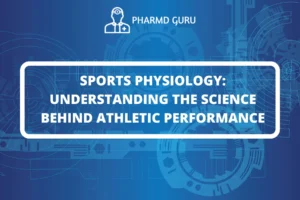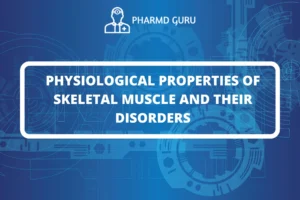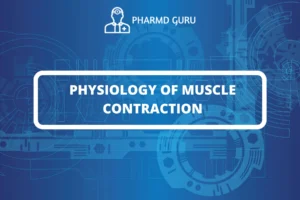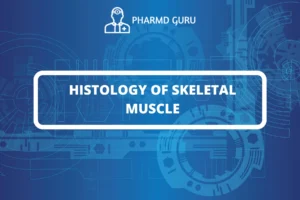The efficient transport of respiratory gases, primarily oxygen and carbon dioxide, is essential for sustaining life and supporting various physiological processes within the body. The respiratory system, in coordination with the circulatory system, ensures the delivery of oxygen to tissues and the removal of carbon dioxide from the body. In this article, we will delve into the intricacies of how respiratory gases are transported in the human body.
SCROLL DOWN TO THE BOTTOM OF THE PAGE FOR ACTUAL NOTES
Table of Contents
- Introduction to Respiratory Gases
- The Respiratory System and Gas Exchange
- The Role of Hemoglobin
- Oxygen Transport in the Blood
- Carbon Dioxide Transport in the Blood
- The Bohr Effect: Facilitating Oxygen Release
- Oxygen and Carbon Dioxide Exchange in the Tissues
- Gas Transport Regulation
- Factors Affecting Gas Transport
- The Respiratory System’s Integration with Circulation
- Conclusion
1. Introduction to Respiratory Gases
Respiratory gases refer to oxygen (O2) and carbon dioxide (CO2), which are crucial for the body’s energy production and waste elimination. The process of breathing enables the exchange of these gases between the external environment and the bloodstream.
2. The Respiratory System and Gas Exchange
The respiratory system, comprising the nasal cavity, pharynx, larynx, trachea, bronchial tree, and lungs, facilitates gas exchange. During inhalation, oxygen enters the lungs and diffuses into the bloodstream. Simultaneously, carbon dioxide from the blood diffuses into the alveoli of the lungs to be expelled during exhalation.
3. The Role of Hemoglobin
Hemoglobin, a protein found in red blood cells, plays a crucial role in transporting respiratory gases. It has a high affinity for oxygen, allowing it to bind to oxygen molecules in the lungs and release them in tissues where oxygen is needed.
4. Oxygen Transport in the Blood
Approximately 98% of oxygen in the blood is transported by hemoglobin in a reversible manner. When oxygen-rich blood reaches body tissues, hemoglobin releases oxygen, enabling cells to perform cellular respiration and produce energy.
5. Carbon Dioxide Transport in the Blood
Carbon dioxide is produced as a waste product of cellular metabolism. It is transported in the bloodstream in three forms: dissolved in plasma, bound to hemoglobin, or as bicarbonate ions (HCO3-). The majority of carbon dioxide is converted into bicarbonate ions for safe transport.
6. The Bohr Effect: Facilitating Oxygen Release
The Bohr effect describes the phenomenon where increased carbon dioxide levels and lower pH (increased acidity) in the tissues promote the release of oxygen from hemoglobin. This effect enhances oxygen delivery to actively metabolizing tissues.
7. Oxygen and Carbon Dioxide Exchange in the Tissues
At the capillaries of body tissues, oxygen is released from hemoglobin, diffusing into the cells for energy production. Simultaneously, carbon dioxide diffuses out of the cells into the bloodstream to be transported back to the lungs for elimination.
8. Gas Transport Regulation
Gas transport is precisely regulated to meet the body’s varying demands for oxygen and to maintain proper acid-base balance. The respiratory and circulatory systems work together, adjusting breathing rate, heart rate, and blood flow to match oxygen supply with demand.
9. Factors Affecting Gas Transport
Several factors can influence gas transport efficiency, including altitude, exercise, temperature, and certain medical conditions. For example, high altitudes can lead to lower oxygen levels in the air, impacting oxygen saturation in the blood.
10. The Respiratory System’s Integration with Circulation
The respiratory and circulatory systems are intricately connected to ensure effective gas transport. The respiratory system provides oxygen to the blood, which is then distributed by the circulatory system to body tissues, while also collecting carbon dioxide for elimination.
11. Conclusion
The transport of respiratory gases is a vital process that sustains life and supports various physiological functions. The coordination between the respiratory and circulatory systems ensures that oxygen reaches tissues and carbon dioxide is efficiently removed from the body. Understanding this intricate process is crucial for appreciating the wonders of human physiology.
ACTUAL NOTES




